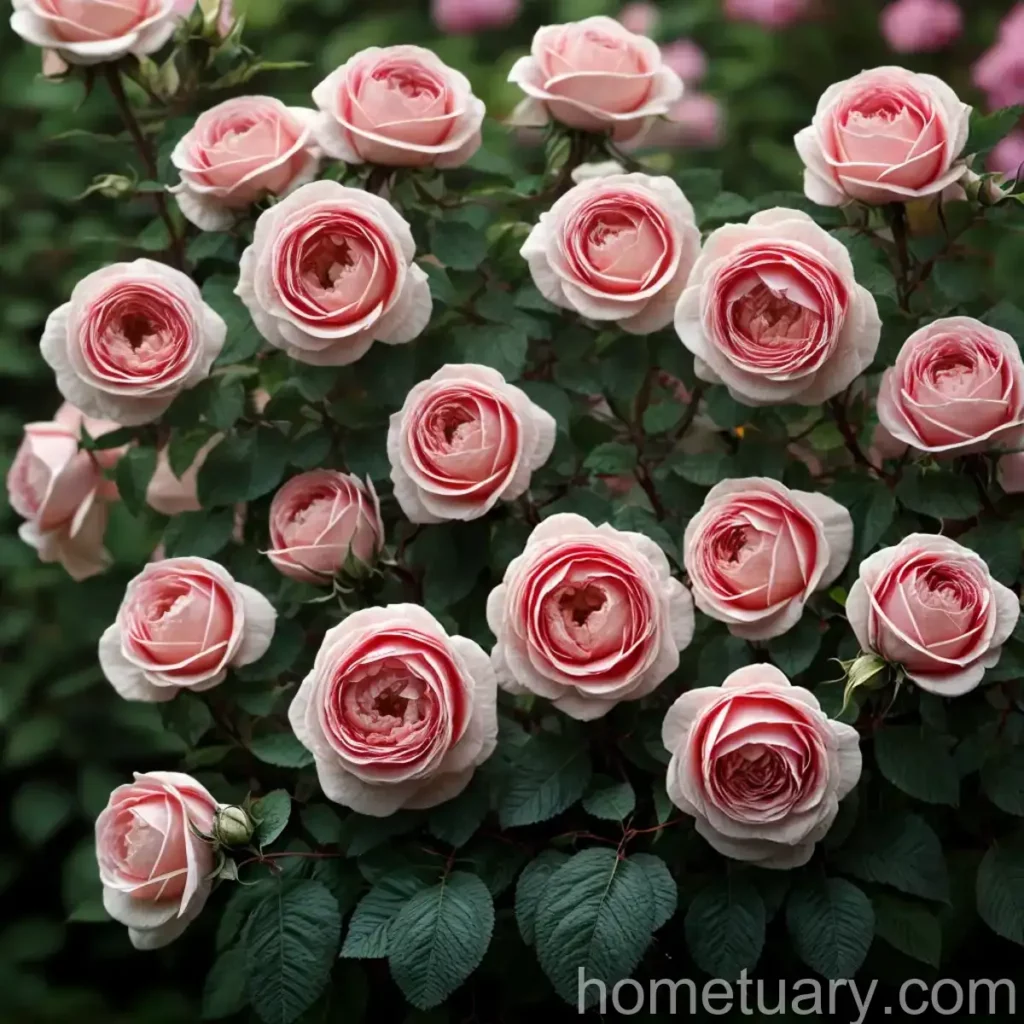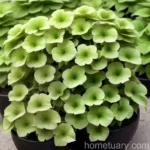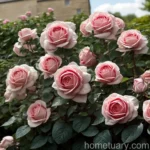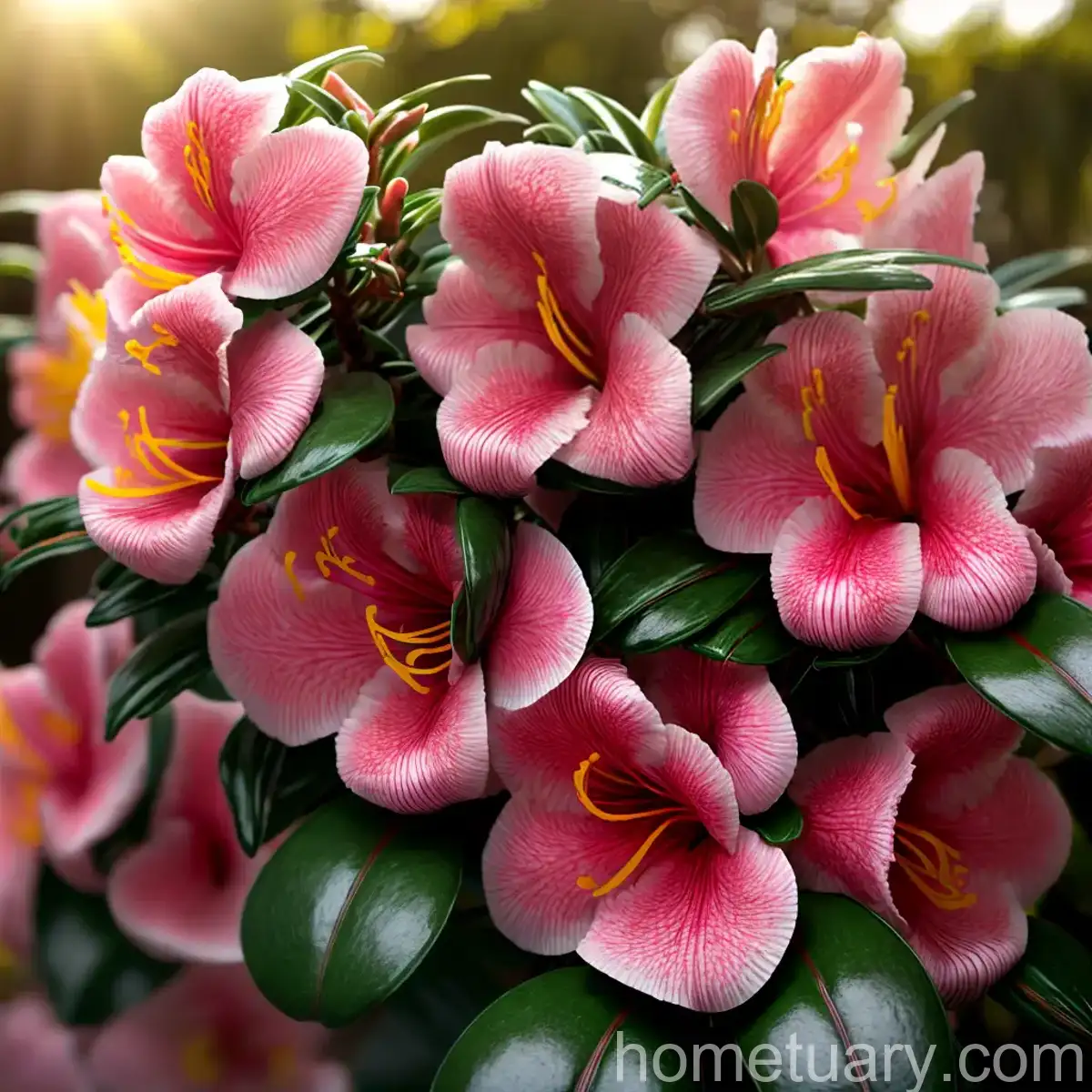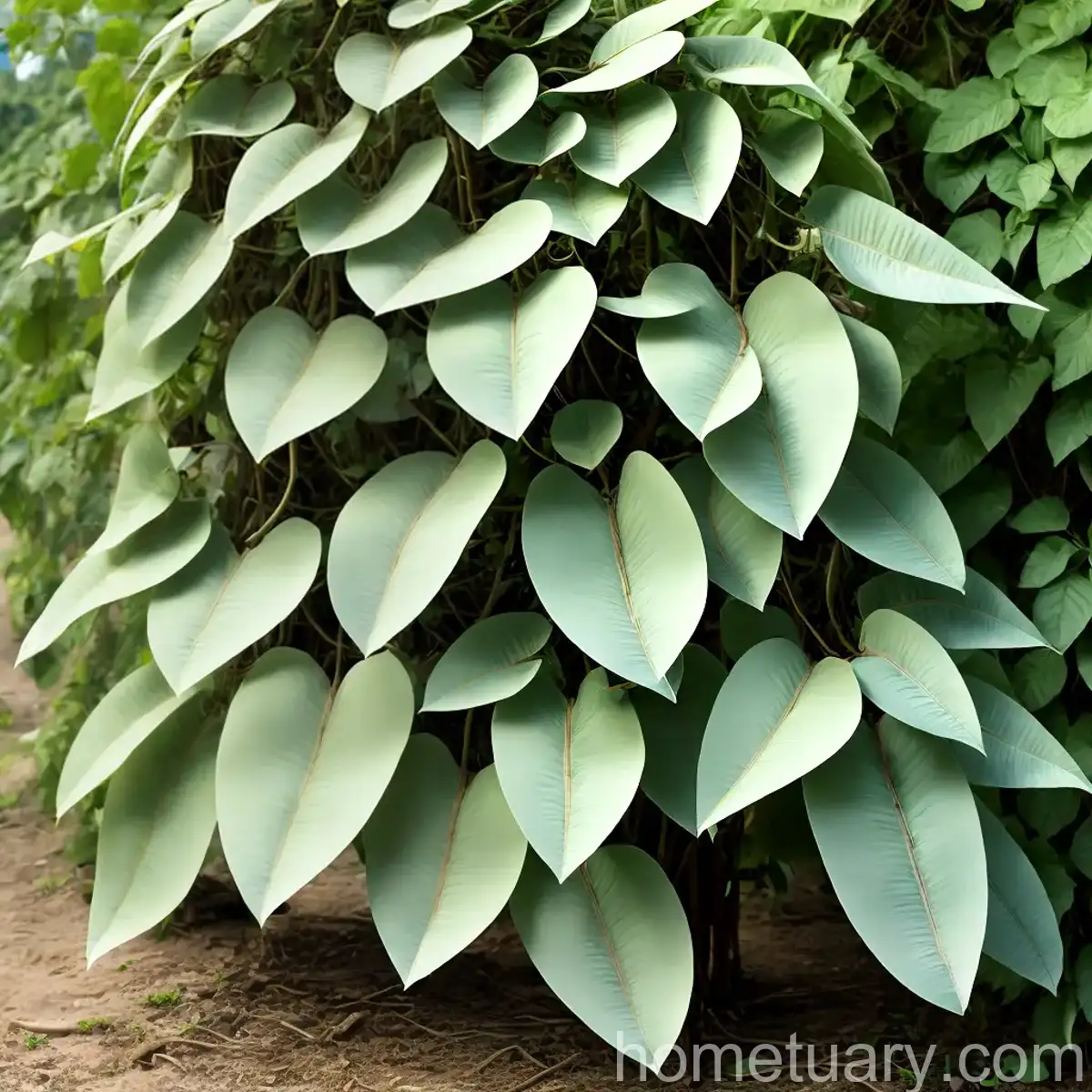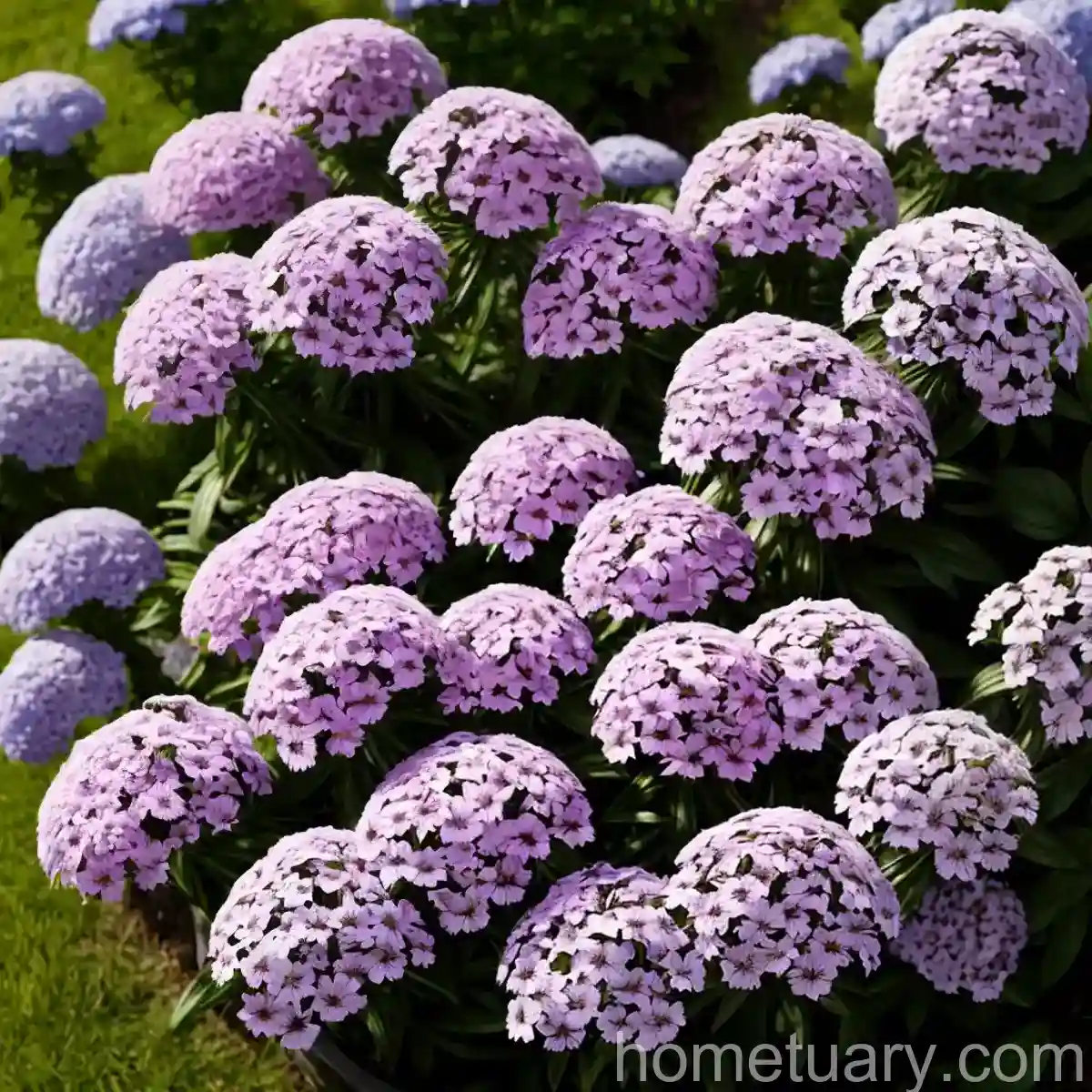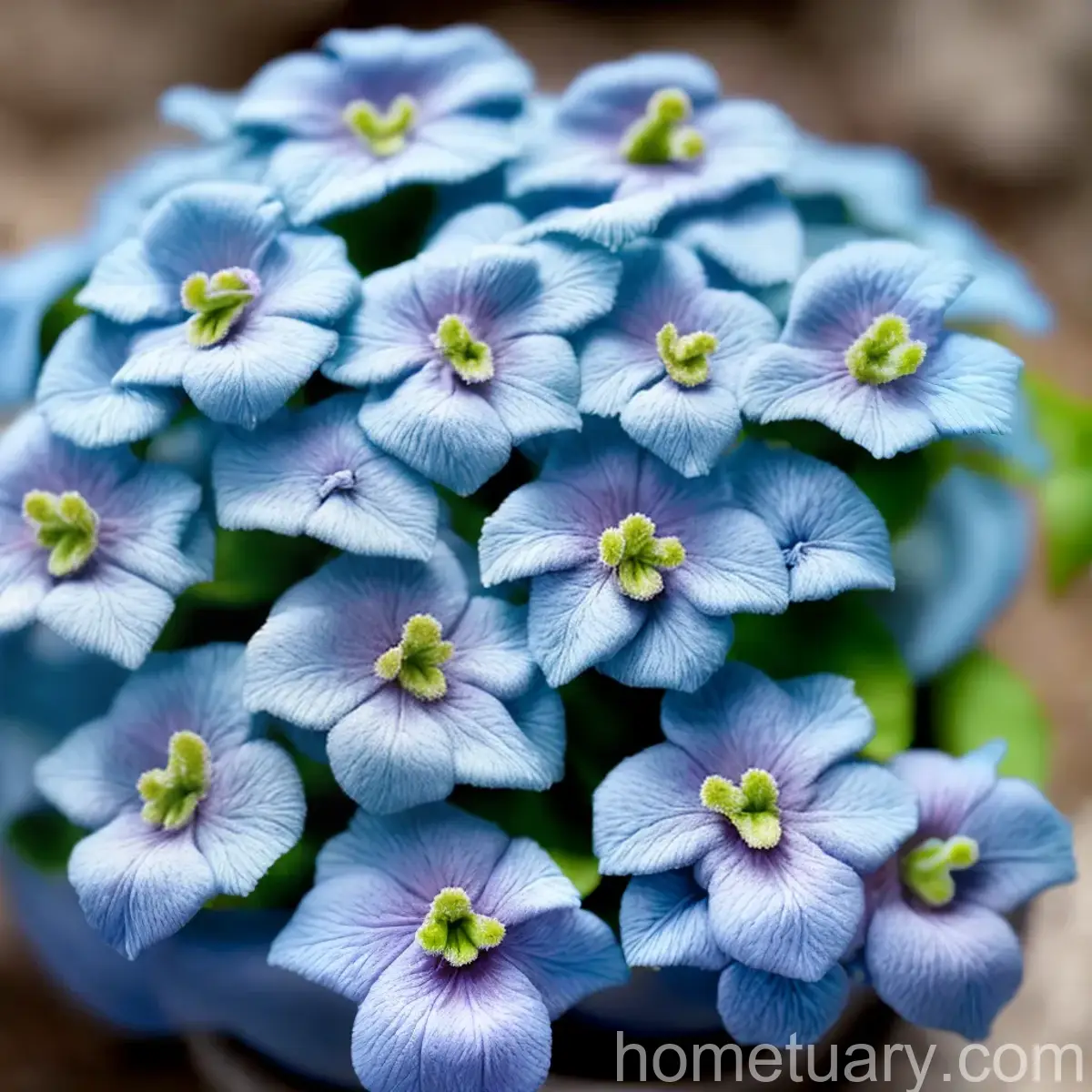Shrub Rose (Rosa ‘Aussemi’ THE HERBALIST): The Ultimate Guide
Roses have been celebrated for centuries for their beauty, fragrance, and multitude of uses. Among the diverse varieties of roses, the shrub rose ‘Aussemi’ THE HERBALIST stands out for its unique blend of aesthetics and herbal properties. This comprehensive guide will delve into the captivating world of Rosa ‘Aussemi’, from its cultivation to its medicinal applications.
What is a Shrub Rose?
Shrub roses, also known as landscape roses, are a group of rose hybrids that are celebrated for their resilience, low maintenance, and diverse blooming patterns. Bearing characteristics of both wild roses and modern roses, shrub roses are highly versatile and can thrive in a variety of gardening environments. With their abundant clusters of blooms and vigorous growth habits, these roses have become a favorite among gardeners and landscape designers alike.
Shrub Rose Varieties
The world of shrub roses is vast and diverse, boasting numerous varieties that cater to different aesthetic preferences and gardening needs. From the compact ‘Rainbow Knock Out’ to the climbing ‘Santana’, each variety brings its own unique allure to the garden. However, one variety that has garnered attention for its herbal qualities and ornamental appeal is Rosa ‘Aussemi’ – famously known as THE HERBALIST.
Key Takeaways – Shrub Rose (Rosa ‘Aussemi’ THE HERBALIST)
Before delving into the specifics of Rosa ‘Aussemi’, let’s highlight some key takeaways about this exceptional shrub rose:
- Common Name: THE HERBALIST
- Botanical Name: Rosa ‘Aussemi’
- Herbal Properties: The rose is known for its use in herbal remedies and the production of essential oils.
- Fragrance: Aussemi roses emit a pleasing fragrance, which makes them ideal for aromatic purposes.
- Growth Habit: This shrub rose exhibits vigorous growth and has a bushy, rounded form.
- Resistance: Known for its disease resistance and hardiness, making it an ideal choice for low-maintenance gardening.
- Versatility: Aussemi roses thrive in both garden beds and containers, offering flexibility in landscaping and urban gardening.
Now, let’s explore the essential aspects of cultivating and enjoying the beauty and herbal attributes of Rosa ‘Aussemi’ THE HERBALIST.
Culture
The culture of a plant refers to the specific requirements and practices involved in its cultivation. Understanding the cultural needs of Rosa ‘Aussemi’ is crucial for creating an optimal environment for its growth and well-being.
Water
Proper watering is essential for the health and vitality of shrub roses, including Rosa ‘Aussemi’. Here are some key considerations:
- Frequency: Water the shrub deeply but infrequently, allowing the soil to dry out slightly between waterings.
- Consistency: Maintain consistent moisture levels, especially during the flowering and budding stages.
- Avoid Overhead Watering: To prevent fungal diseases, water the plant at the base, avoiding wetting the leaves and flowers.
- Mulching: Apply a layer of organic mulch around the base of the shrub to retain soil moisture and regulate temperature.
Sunlight
Sunlight plays a pivotal role in the growth and flowering of shrub roses. Rosa ‘Aussemi’ THE HERBALIST thrives under specific light conditions:
- Exposure: Ensure the shrub receives at least 6-8 hours of direct sunlight daily.
- Morning Sun: Morning sunlight is particularly beneficial as it helps in drying the dew on leaves, reducing the chances of diseases.
- Protection from Harsh Afternoon Sun: In regions with intense afternoon sun, provide some afternoon shade to protect the plant from heat stress.
Fertilizer
Appropriate fertilization is vital for promoting healthy growth and abundant blooms in Rosa ‘Aussemi’:
- Balanced Fertilizer: Apply a balanced, slow-release fertilizer formulated for roses in early spring when new growth emerges.
- Additional Feedings: Supplement with additional fertilization after the first bloom cycle to support continuous flowering.
- Organic Amendments: Incorporate compost and organic matter into the soil annually to enrich the soil structure and provide essential nutrients.
Soil
The quality and composition of the soil significantly impact the overall health and performance of shrub roses like Rosa ‘Aussemi’:
- Well-Draining Soil: Ensure the planting site or container has well-draining soil to prevent waterlogging and root rot.
- pH Level: Aim for slightly acidic to neutral soil with a pH range of 6.0-7.0 for optimal nutrient uptake.
- Soil Amendments: Amend heavy clay soils with organic matter such as compost or peat moss to improve drainage and fertility.
Pruning
Pruning is a fundamental practice that influences the blooming, shape, and overall vitality of shrub roses, including Rosa ‘Aussemi’ THE HERBALIST:
- Timing: Prune in late winter or early spring before new growth begins. Minor pruning for shaping and deadheading can be done throughout the growing season.
- Deadheading: Regularly remove spent blooms to encourage continuous flowering and maintain a tidy appearance.
- Thinning: Thin out older canes and remove weak growth to improve air circulation and stimulate new growth.
Propagation
Propagating shrub roses allows for the expansion of your garden or the sharing of these beautiful plants with fellow gardening enthusiasts. There are several methods of propagation, including:
- Cuttings: Propagate from semi-hardwood cuttings taken in late summer, ensuring they have a node and at least two sets of leaves.
- Layering: Encourage the growth of new roots by bending a low-hanging stem to the ground, covering it with soil, and securing it in place.
- Division: Divide mature shrub roses to create new plants, ensuring each division has a healthy root system and sufficient foliage.
Container Popularity
Shrub roses like Rosa ‘Aussemi’ have gained popularity among container gardening enthusiasts due to their adaptability and ornamental value. When growing in containers, consider the following:
- Container Size: Choose a container that provides ample space for root development while allowing for proper drainage.
- Potting Mix: Utilize a well-draining, nutrient-rich potting mix specifically formulated for roses or flowering plants.
- Watering and Fertilization: Monitor the moisture level of the soil closely and fertilize regularly to support the plant’s growth and flowering in the confined space of the container.
Common Diseases
Dieases and pests are a common concern when cultivating shrub roses. Understanding the potential diseases and their management is essential for maintaining the health and vigor of Rosa ‘Aussemi’ THE HERBALIST.
Disease Diagnosis
It is important to be vigilant for signs of common rose diseases, including:
- Powdery Mildew: Recognized by the white powdery coating on leaves and stems, particularly in humid conditions.
- Black Spot: Identified by circular black spots with fringed edges on the foliage, leading to defoliation if left untreated.
- Botrytis Blight: Causes gray mold on flowers and buds, thriving in cool, wet conditions.
- Rust: Exhibits as orange pustules on the undersides of leaves, often triggered by humid weather.
Common Pests
Roses are susceptible to pest infestations, and Rosa ‘Aussemi’ is no exception. Keep an eye out for these common pests:
- Aphids: Small, soft-bodied insects that cluster on new growth, causing distorted leaves and excreting honeydew.
- Thrips: Tiny, slender insects that feed on flower buds and foliage, leading to distorted blooms and silvering of leaves.
- Spider Mites: These minuscule arachnids can cause stippling and yellowing of leaves, often visible as fine webbing on the plant.
Botanist’s Tips
As a plant scientist with a passion for roses, here are some additional tips for growing and appreciating Rosa ‘Aussemi’ THE HERBALIST:
- Companion Planting: Pair Aussemi roses with complementary plants such as lavender, sage, and catmint to create visually appealing and beneficial garden combinations.
- Mulching Benefits: In addition to conserving moisture, organic mulches can gradually enrich the soil as they decompose, enhancing the overall health of the shrub.
- Beneficial Insects: Encourage the presence of beneficial insects such as ladybugs and lacewings to naturally control pest populations in the garden.
Fun Facts
Shrub roses like Rosa ‘Aussemi’ THE HERBALIST have fascinating attributes and historical significance that add to their allure:
- Cultural Significance: Roses have long been intertwined with human culture, symbolizing love, beauty, and various emotions across different societies.
- Medicinal History: Roses have a rich history of medicinal use, with applications in traditional medicine and the production of essential oils for aromatherapy.
- Fragrant Delight: The fragrance of roses has inspired poets, perfumers, and gardeners across the ages, adding a sensory dimension to their appeal.
Links to External Resources
For further exploration of shrub roses, gardening techniques, and herbal applications, consider the following external resources:
- American Rose Society: The official website of the American Rose Society provides valuable information on rose varieties, care, and cultivation.
- Royal Horticultural Society: The RHS offers extensive guidance on growing roses, including shrub roses, and hosts events and resources for rose enthusiasts.
- University Extension Services: Many university extension services provide research-based articles and guides on growing roses and managing common rose diseases.
In conclusion, the shrub rose Rosa ‘Aussemi’ THE HERBALIST embodies a harmonious blend of ornamental beauty and herbal utility. Whether adorning garden beds, containers, or herbal gardens, this versatile rose captivates with its fragrance, resilience, and multitude of applications. By embracing the cultural, aesthetic, and horticultural aspects of Rosa ‘Aussemi’, gardeners and herbal enthusiasts can experience the enduring enchantment of this exceptional shrub rose.
As the allure of shrub roses continues to thrive, may the journey of growing, using, and appreciating Rosa ‘Aussemi’ THE HERBALIST inspire new generations of gardeners and herbalists to embrace the splendor and herbal virtues of these remarkable roses.

